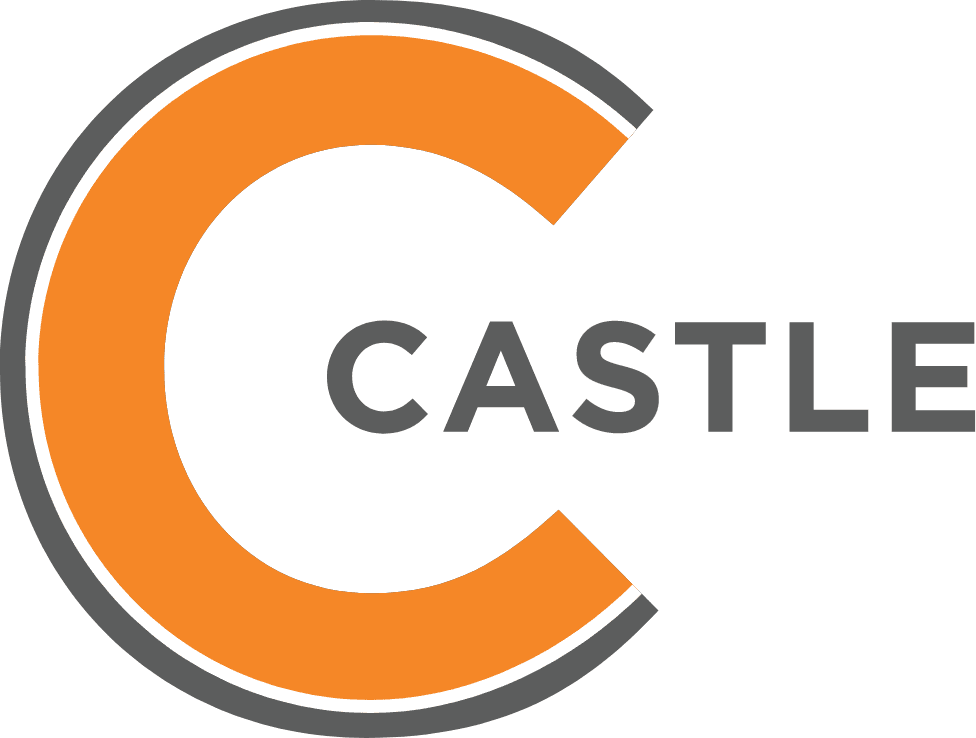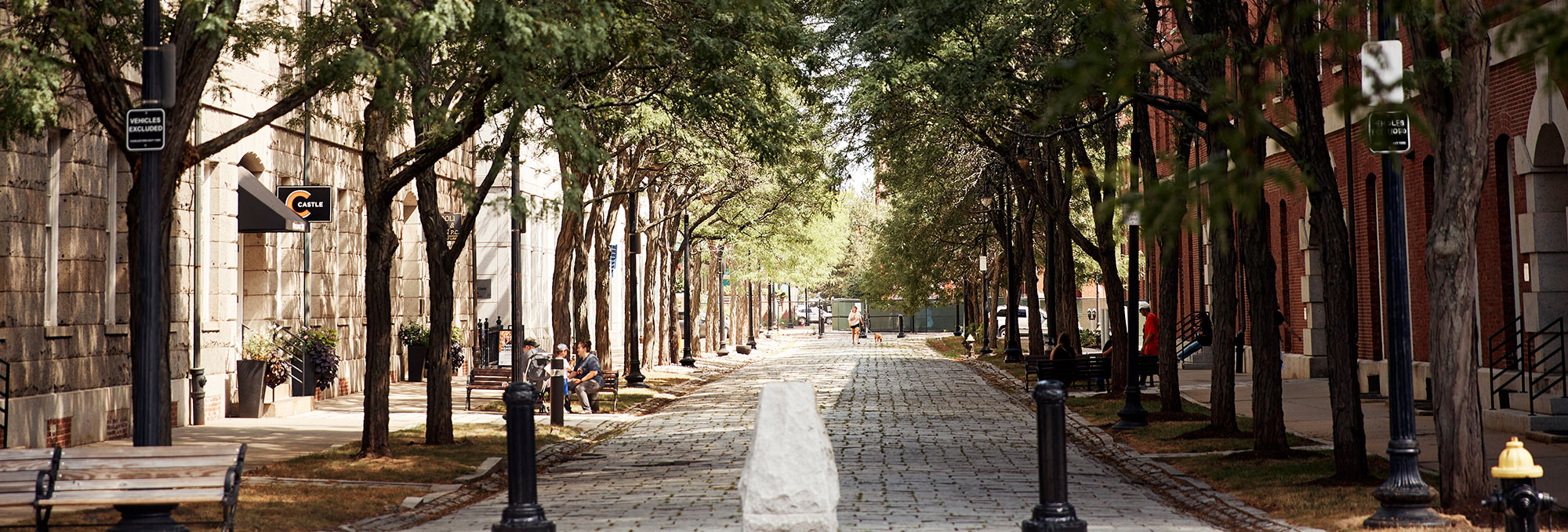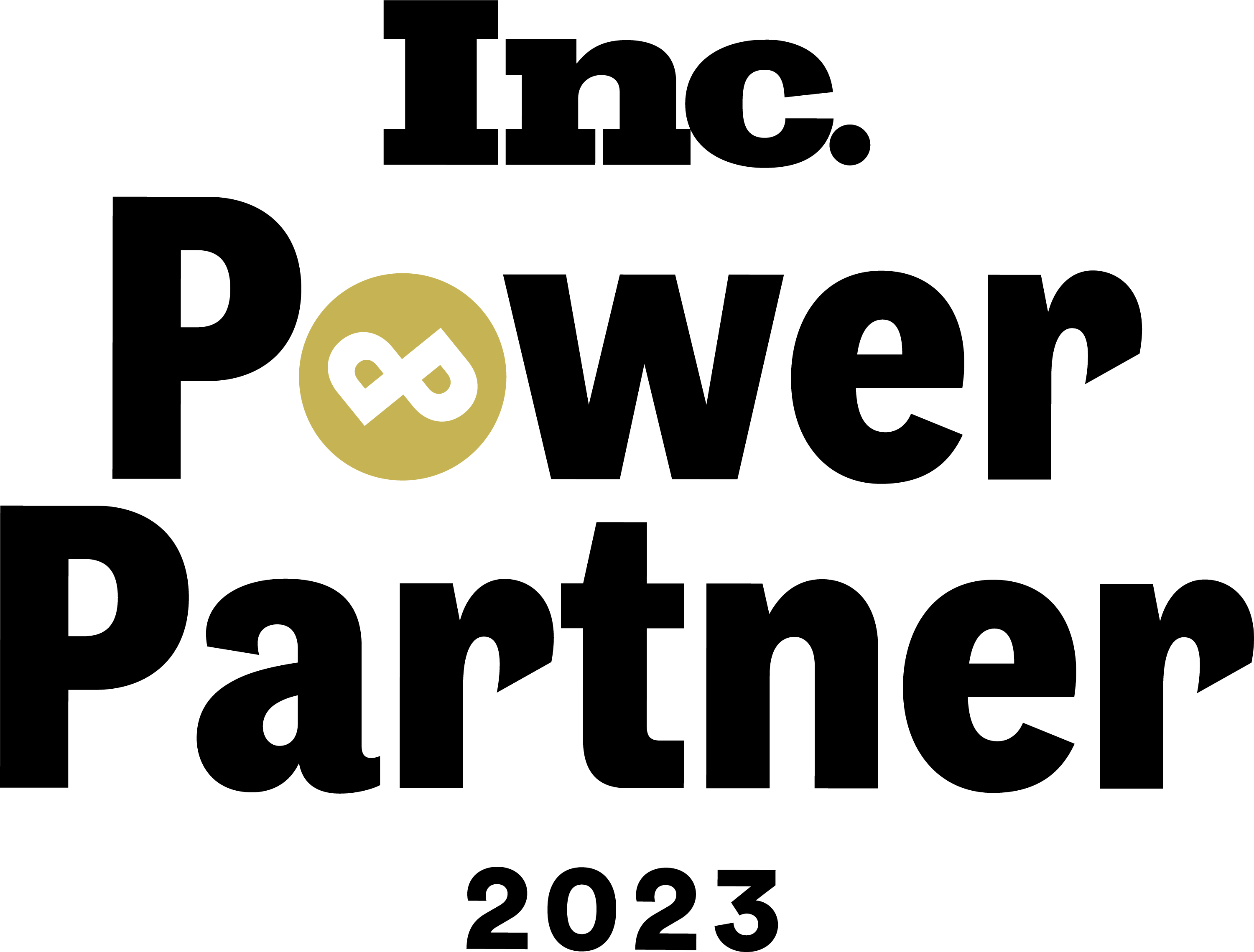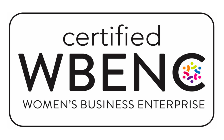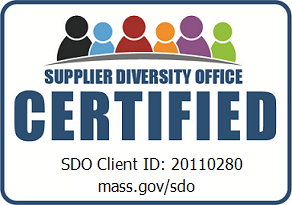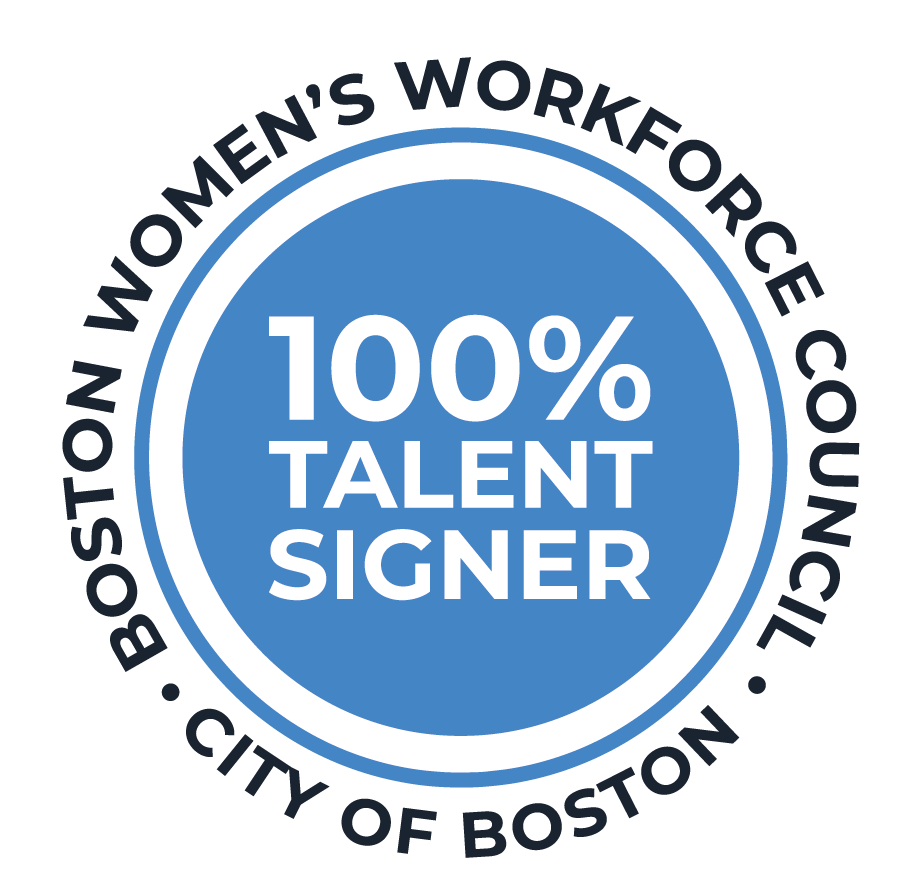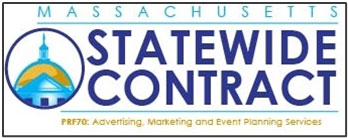In the wake of the global pandemic, meeting planners have done a tremendous job rebooking and/or transitioning whole calendars of live events to the virtual world. However, as Zoom fatigue sets in and the world slowly begins to reopen into a new mode of operating, meeting planners are reimagining what the live event experience will look like next.
When companies decide to move forward with in-person meetings, health and safety must be priority one—and a comprehensive communications plan is key. Planners should involve all stakeholders—the event host, hotel and/or meeting venue, vendors, sponsors, speakers, exhibitors and attendees—to ensure that the highest health, safety, sanitation and cleaning requirements are met.

Listed below are key considerations for meeting planning when reinventing the live event experience, both in the pre-planning stages and during the event.
Pre-Event Considerations
Enlist Qualified Suppliers
While it has always been important to use reliable vendors to operate event programs, it is now vital to employ qualified and experienced partners in the post-COVID environment. Seek out suppliers on the leading edge of safety protocols, regulations and guidelines with rigorous cleaning and sanitation policies and service personnel training programs in place. Prior to signing any contracts, standard operating procedures and contract terms should be vetted thoroughly.
Modify the Program Format
The agenda that worked for your live event program in the past may not be viable anymore, especially for larger meetings. Programs should be reformatted to allow for physical distancing protocols and reduced contact while still achieving the objective of collaborating as a group.
When designing the event layout, the biggest emphasis will be on space and capacity modifications. This may include the use of larger spaces, informal reception-style settings, utilizing outdoor areas as much as possible, and using room dividers, stanchions, and/or temporary walls, as needed. New guidelines suggest seating no more than six people at a 72-inch round banquet table versus 10 people previously. Create floor plans to accommodate physical distancing guidelines and, where possible, one-way traffic. If necessary, hire a qualified consultant for guidance.
Multiple general sessions and breakout tracks may be necessary to limit room capacities. If your program includes evening events, activities or spousal programs, consider restricting the size of these functions or offer multiple small group options or dine-arounds instead. Replace group excursions with customized activities that allow for group interaction but individual participation (i.e. golf with one or two passengers per cart, jeep tours with one couple per vehicle, scavenger hunts, wine tasting classes, etc.). For full group evening events, get creative! Host a live concert with cabaret-style seating with one couple per table or a “Night Under the Stars Picnic” serving gourmet picnic baskets to each couple with the group spread throughout the venue lawn.
As live events come back into focus, recovery will come in stages. It may be necessary to offer hybrid-style events combining both live and virtual participation. For example, a company may choose to stagger attendee arrivals in waves with smaller groups arriving per day, inviting only those necessary or comfortable attending while additional groups join virtually.
Update the Registration Process
To ensure attendee safety, adjust the registration process to capture attendee health, travel history and emergency contact data. The registration website is also a good portal to communicate best health and safety practices to travel to and participate in your live event. Consider providing attendees with “terms and conditions” to attend, whereby guests consent to attendance at their own risk and commit to the established event safety protocols. Where possible, all attendee registration check-in materials (i.e. badge, welcome materials, etc.) should be sent in advance of the program for a touchless onsite experience.
Create Communication/Emergency Response Plans
A communications plan is critical to ensure everyone is aware of the heightened measures being taken before, during and after the event. Moving forward, it is paramount for meeting planners to include the company’s COVID-19 protocols into their emergency response planning. Also, incorporate hotel policies, local regulations—and spell out the steps to take if an attendee becomes ill or exhibits symptoms of COVID-19. This may include specifics regarding local medical services, quarantining, contact tracing, and informing local public health departments, family members and other attendees.
During the Event Program
The live event experience should be evaluated from top to bottom in terms of our new normal and include the following event elements.
Guest Arrival
From the moment attendees arrive, they should feel safe and at ease. If ground transportation is offered, ensure verified sanitation procedures with the service provider and utilize private sedans or schedule fewer attendees on larger vehicles. Many hotels now offer self-service check-in, contactless luggage delivery, “upon request only” housekeeping service and no service personnel allowed in guest rooms while a guest is present, except for emergencies.
At the event entry, consider temperature screenings, being careful to incorporate physical distancing for potential lines and have a plan in place to address anyone with an elevated reading. Hint: This is where your communications/emergency planning comes into play. If you send conference badges in advance, consider a touchless onsite registration system with barcode scanners for entry; or if registration counters must be staffed, use plexiglass shields to ensure safety for all.
Meeting Space
Planners will need to work closely with the event venue to review meeting space floor plans, ensuring compliance with physical distancing recommendations from the state and CDC, as well as the local fire department. Install hand sanitation stations throughout the venue and other program areas, and in most situations, the wearing of masks should be mandatory. If regular surface cleaning and sanitation wipes are readily available, then attendees do not need to wear gloves. Add frequent cleaning of public restrooms to the onsite plan and where possible, the use of electrostatic sprayers with hospital-grade disinfectants for high touch surfaces.
Consider additional safeguards such as floor clings and enhanced signage to help navigate physical distancing and to encourage proper hygiene (frequent hand washing, etc.); remove all non-critical high touch items (such as pens and pads in the conference rooms); and replace pitchers of waters and water stations with bottled water.
Precautions should also be put in place so that presenters do not share audio-visual equipment (such as microphones, keyboards or pointers). Podiums should be wiped down frequently between sessions. For networking and collaboration, offer a large all-day hospitality lounge that allows your attendees to connect on flow or at scheduled times, so they don’t all congregate at once.
Food & Beverage
Food and beverage are an important part of any live program, but meal service will look different in the post-COVID environment. There will be a shift from self-service buffets to pre-packaged meals with disposable utensils and/or plated functions with limited seating. For larger groups, meal functions may be spread out in various spaces including outdoor areas or offered at staggered times. Planners will need to work closely with the catering team to ensure menus are still as creative as possible, F&B staff is trained in safe food handling and proper protocols are in place for meal delivery. For example, restricting pre-set and butler passed food and beverages and ensuring all linen, including underlays, are replaced after each use.
Budget and Staffing
Planners will need to sharpen their pencils and work creatively in terms of budget to make sure they are factoring in all new relevant costs. For instance, there should be enough event and security staff to accommodate the new logistics and increased footprint of the program as applicable. Finally, ensure all event staff are practicing self-care, taking breaks, etc. to stay healthy and avoid burnout.
As meeting planners, we realize the value of face-to-face human connection. It may seem like a whole new world, but with creativity, good planning and perseverance, live events can be successfully reimagined.
